In Handel’s footsteps through London
When George Frideric Handel crossed the English Channel the first time in 1710, London was enjoying a huge economic upturn. The building boom altered the cityscape of the second largest city in Europe, with almost 630,000 inhabitants, the financial market grew and experienced the first stockmarket crash, the social contrasts were stark, but a simple musician such as Handel could die a rich man. In the midst of the hustle and bustle of today’s metropolis, we can still set out on a walk in the footsteps of Handel.
Below you will find a historical map on which Handel’s places of work are marked.
Handel certainly never imagined back then that he would become a British citizen, let alone that he would be honored with a grave in Westminster Abbey (1), the church of British coronations. If you stand in the Abbey in front of Handel’s marble monument, you might not trust your eyes, for the year of his birth is given as 1684. But wasn’t Handel born in 1685, like Bach? However, the famous sculptor Roubiliac did not make a mistake, it is entirely because the Julian calendar was used in England until 1752, according to which the New Year falls on 25 March. And thus Handel was born in Halle on 23 February 1685 according to the new calendar, but 1684 according to the old calendar used in Britain at that time.
Handel’s links with Westminster Abbey were many and varied, and came about through his excellent connections to the British royal family. In 1710 he became Kapellmeister to the Elector of Hanover, and set off for London. In 1714 the Elector became King George I of Great Britain. His wife Caroline was also greatly devoted to Handel, and in 1724 she appointed him music teacher to her three children. George I was succeeded in 1727 by his son George II, and for his coronation in the Abbey in 1727, Handel composed his Coronation Anthems, including Zadok the Priest. For the funeral of Queen Caroline in 1737 he wrote the anthem The ways of Zion do mourn. (Later Part I of Israel in Egypt)
Händel: Israel in Egypt
CD Carus 83.423
scoring Carus 55.264
carus music, die Chor-App Carus 73.370
Leave the Abbey, and take in the views of the River Thames from Westminster Bridge. Imagine a magnificent barge with George I surrounded by many boats, and right next to the King a boat with Handel and 50 musicians, playing the Water Music again and again which Handel had composed for this royal party on 17 July 1717.
Then head for St. James’s Park and cross it in the direction of St. James’s Palace (2), the then residence of the monarch. Handel was appointed Composer to the Chapel Royal in 1723, and composed numerous anthems for this and for the Queen’s Chapel opposite St. James’s Palace.
O praise the Lord
CD Carus 83.421
scoring Carus 40.911
A position such as this also required him to compose music for royal occasions, such as the music for the Treaty of Aix-la-Chapelle in 1749, which was celebrated with a great firework (3) display in nearby Green Park. Handel’s Music for the Royal Fireworks was an enormous success, although the public rehearsal caused a traffic jam on London Bridge. But the public fireworks ended in a fiasco as the Temple of Peace built specially for the occasion went up in flames.
If you walk along the fashionable Pall Mall in the direction of Trafalgar Square, you come across the Haymarket (4) on the left-hand side. Here stands a theater which has been showing The Phantom of the Opera uninterrupted since 1986. In 1711 you would have been able to hear the premiere of Rinaldo, Handel’s first Italian opera in London in this theater: admittedly not in this building, which dates from 1868, but in the previous building of 1707 known as the Queen’s Theatre (later King’s Theatre). The impresario Aaron Hill spared no efforts in the staging, and to accompany a love scene live sparrows were even allowed to fly around in the wings.
The theatre in the Haymarket was the location for the premieres of 27 of Handel’s Italian operas. Many of his oratorios including Belshazzar (1745), recently published by Carus, were also premiered there. The performance of Saul on 16 January 1739 caused great amazement. For the Funeral March in Act III Handel had borrowed special kettledrums from the Tower of London which had been used in the War of the Spanish Succession in 1709. These sounded an octave lower than normal orchestral timpani.
As well as the theater in the Haymarket, the Theatre Royal Covent Garden (5) played an important role for Handel. Over 20 works were premiered there, including operas and several oratorios (e.g. Alexander’s Feast in 1736, Samson in 1743, Judas Maccabaeus in 1747, Joshua in 1748, Theodora in 1750, and Jephtha in 1752). You can easily find the theater if you head in an easterly direction across Leicester Square and Charing Cross Road to Covent Garden and look for the present-day Royal Opera House there. Unfortunately the original building of 1732 burned down, but perhaps there might be a Handel opera on there again.
Saul
CD Carus 83.243
scoring Carus 55.053
Alexander’s Feast
CD Carus 83.040
scoring Carus 55.075
Now walk south towards the River Thames, and you come to the Strand, a major road going east which leads into the famous Fleet Street. In the Crown & Anchor (6), which was opposite St. Clement’s Church in the Strand, Handel gave a semi-public performance of his Esther in 1732, a work which can be regarded as the first English oratorio.
Handel would frequently have travelled along the Strand, for it leads not only to St. Paul’s Cathedral (7), but also to the Bank of England. Handel was a successful businessman who administered his finances with skill, as evidenced by the transactions personally signed by the composer in the archives of the Bank. It is well-known that Handel loved improvising on the organ in the Cathedral, and furthermore he is said to have often met with choral singers in one of the nearby taverns. Handel’s Utrecht Te Deum was premiered in St. Paul’s Cathedral in 1713 to celebrate the Peace marking the end of the twelve year-long War of the Spanish Succession. His first work written in the English language was an important milestone at the beginning of his London career and helped him to establish himself as a composer of prestigious music for the English royal family.
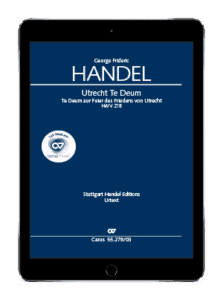 Handel’s Utrecht Te Deum HWV 278 enthralled London audiences right from its first performance, and it continues to do so today in concert halls and churches all over the world. Carus offers a carefully-edited historical-critical Urtext edition of this work as well as innovative practice aids available in carus music, the choir app.
Handel’s Utrecht Te Deum HWV 278 enthralled London audiences right from its first performance, and it continues to do so today in concert halls and churches all over the world. Carus offers a carefully-edited historical-critical Urtext edition of this work as well as innovative practice aids available in carus music, the choir app.
Utrecht Te Deum
CD Carus 83.310
scoring Carus 55.278
carus music, die Chor-App Carus 73.408
Those who now have tired legs and are longing for a carriage or sedan chair can get on the tube and travel to Bloomsbury, alighting at Russell Square. Nearby is Coram’s Fields, now a large children’s playground which you can only enter with children (then it makes a perfect spot for a long pause from sightseeing). Here the Foundling Hospital (8), stood until 1926, founded as an orphanage in 1745 by Thomas Coram. Along with the painter Hogarth, Handel was one of its most important benefactors. He paid for the organ and every year performed benefit concerts with his Messiah in the chapel there. From the time of his first successes he was involved in numerous charitable ventures. The Foundling Museum at 40 Brunswick Square has an extensive collection of Handel manuscripts, including the parts and performance score of Messiah.
Now you go past the British Museum, along Oxford Street and back again into royal London (or travel to Bond Street [1]) to discover the next high point of the tour: Handel’s house (9) in Brook Street (no. 25, near to the junction of Brook Street and New Bond Street). Handel rented this house in 1723 and lived here until his death, organizing rehearsals, and composing. Mayfair was then a completely newly-built quarter which attracted well-off citizens in particular (and still continues to do today). Despite alterations, the house remains in a very similar state to its original, and has been a museum since 2001. Incidentally, Jimi Hendrix lived in the house next door.
And to end, walk to see the parish church of St. George’s Hanover Square (10). This church was completed in 1725, and naturally the famous organist living in the neighborhood was involved in the building of the organ. The three-manual instrument was built by Gerald Smith, a nephew of the builder of the St. Paul’s Cathedral organ. The organ was rebuilt several times but parts of the case date from Handel’s time. It is known that Handel was a regular worshipper at St. George’s in the last years of his life – crippled with arthritis and totally blind.
(Translation: Elizabeth Robinson)

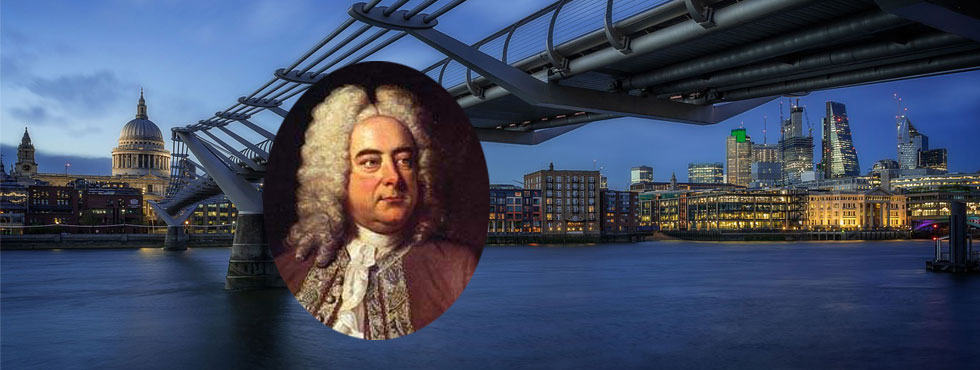
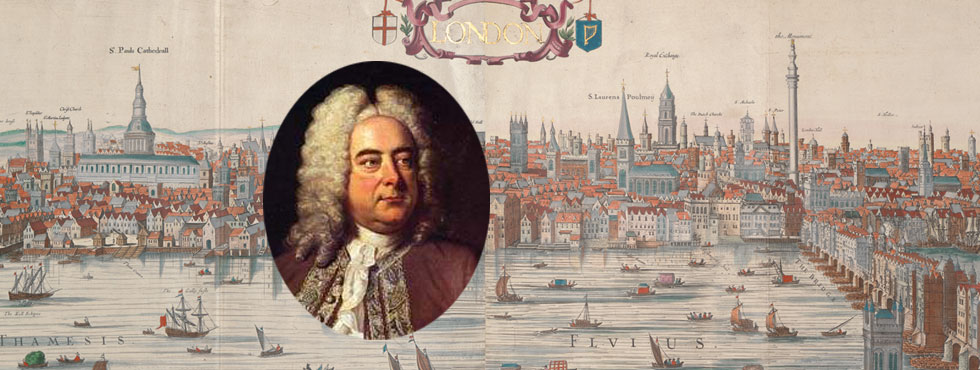

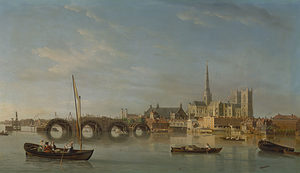
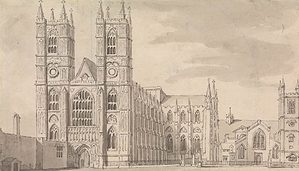
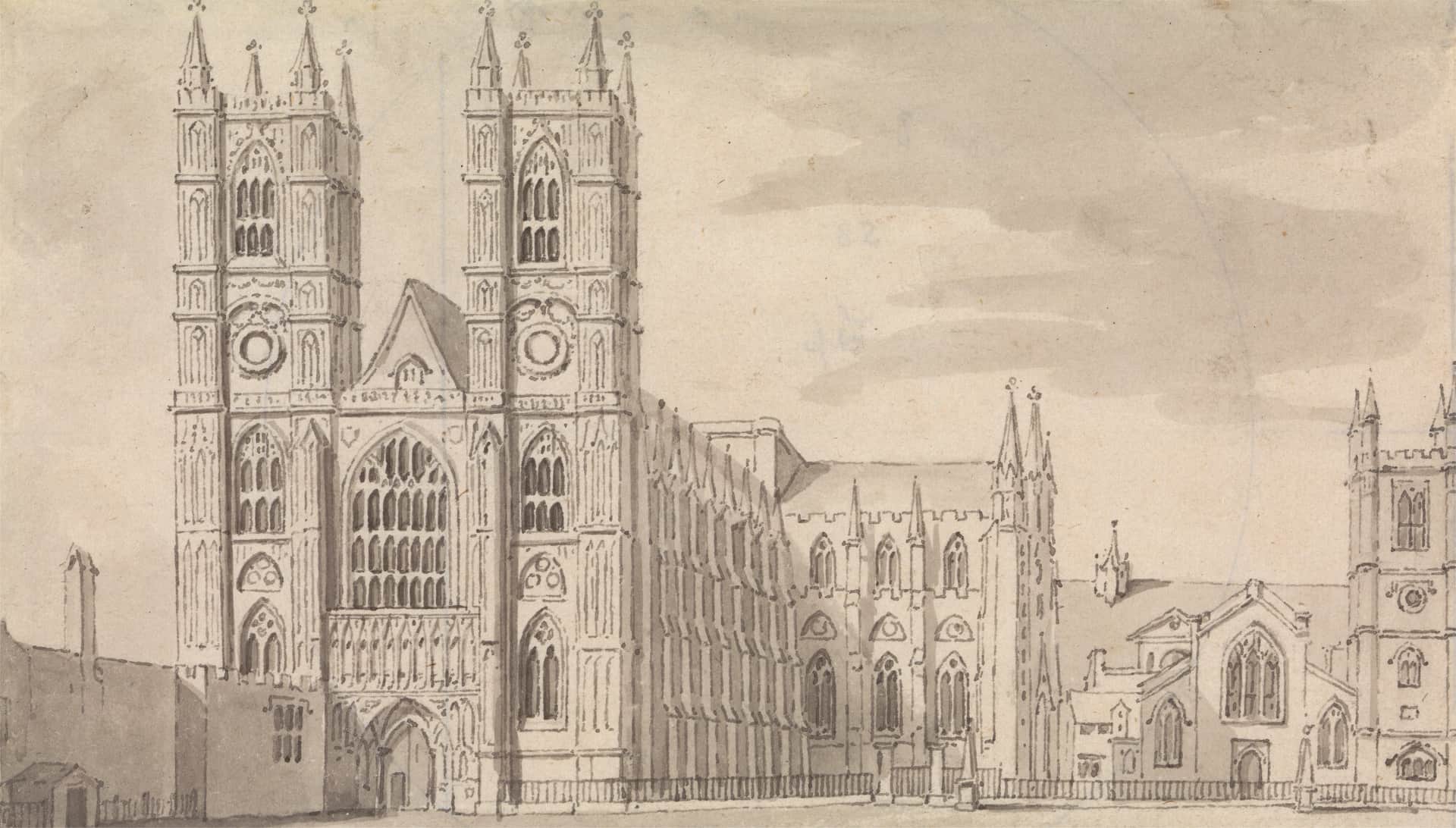
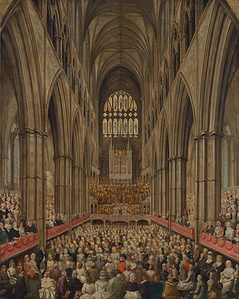
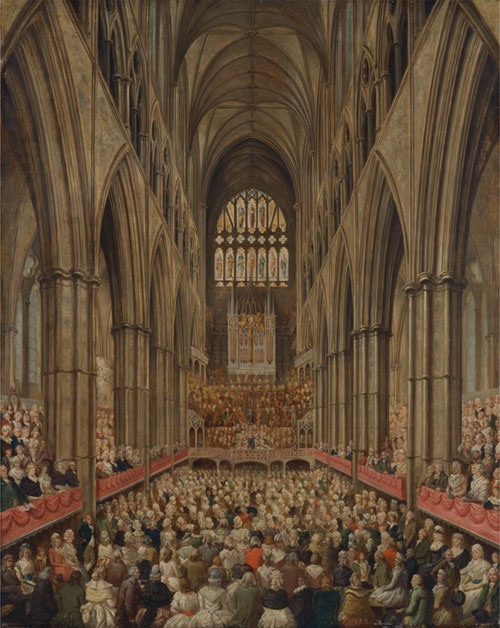
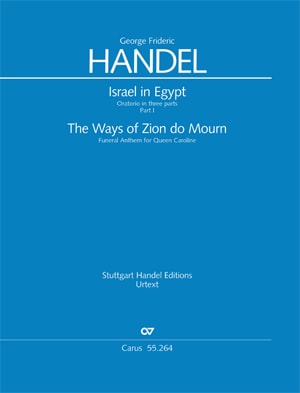
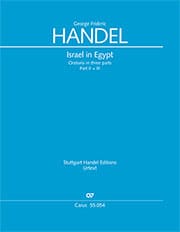


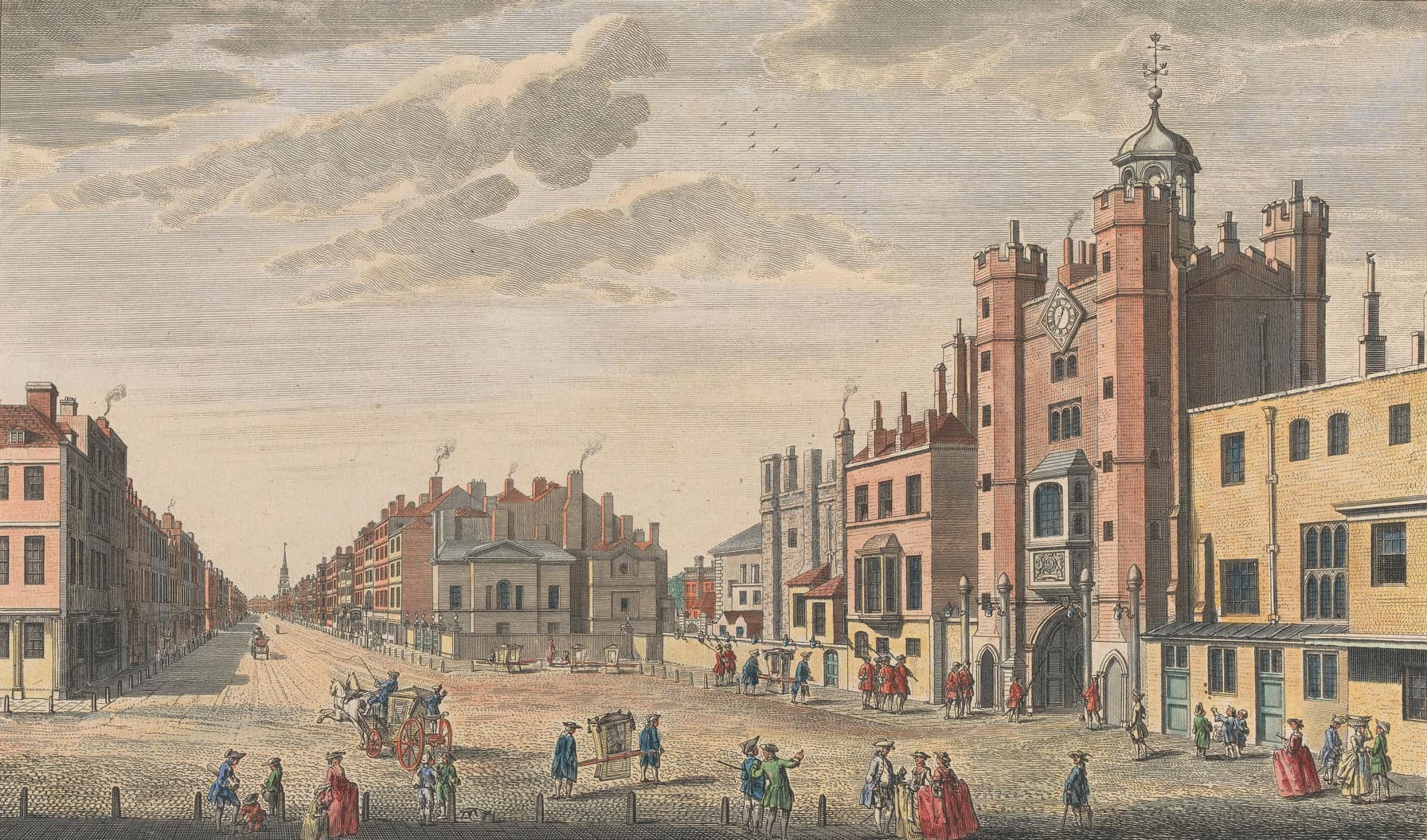

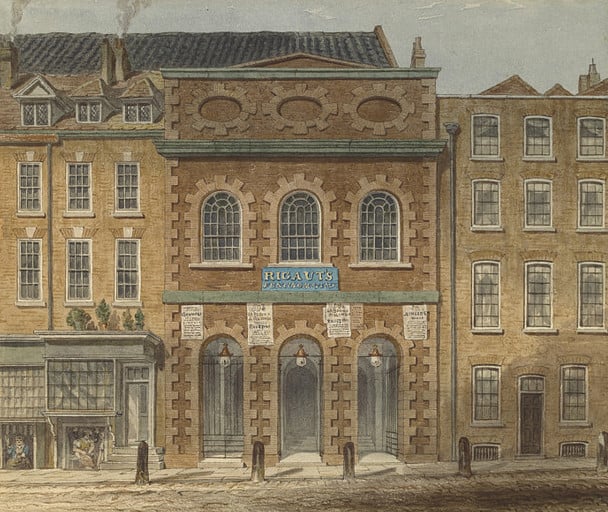
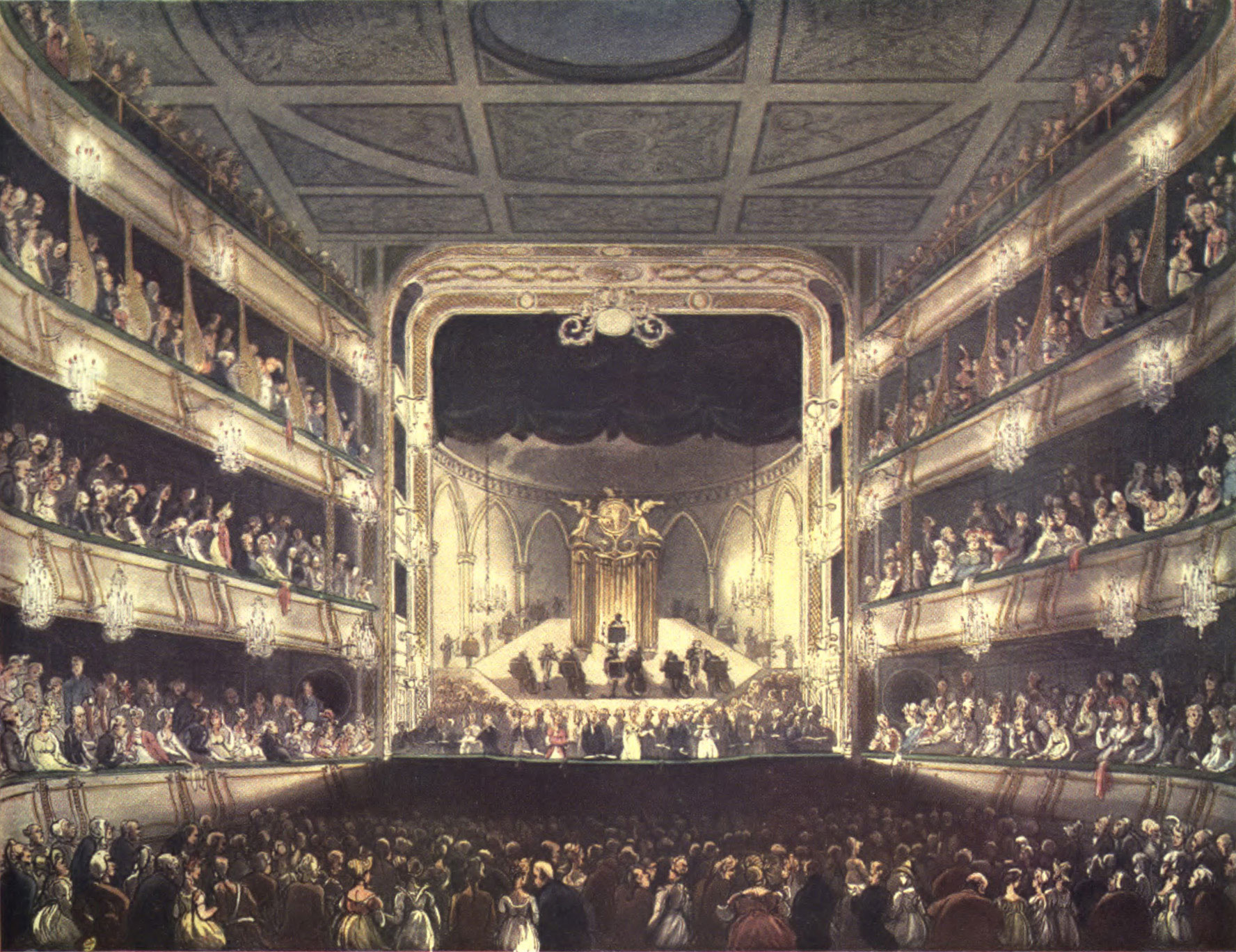
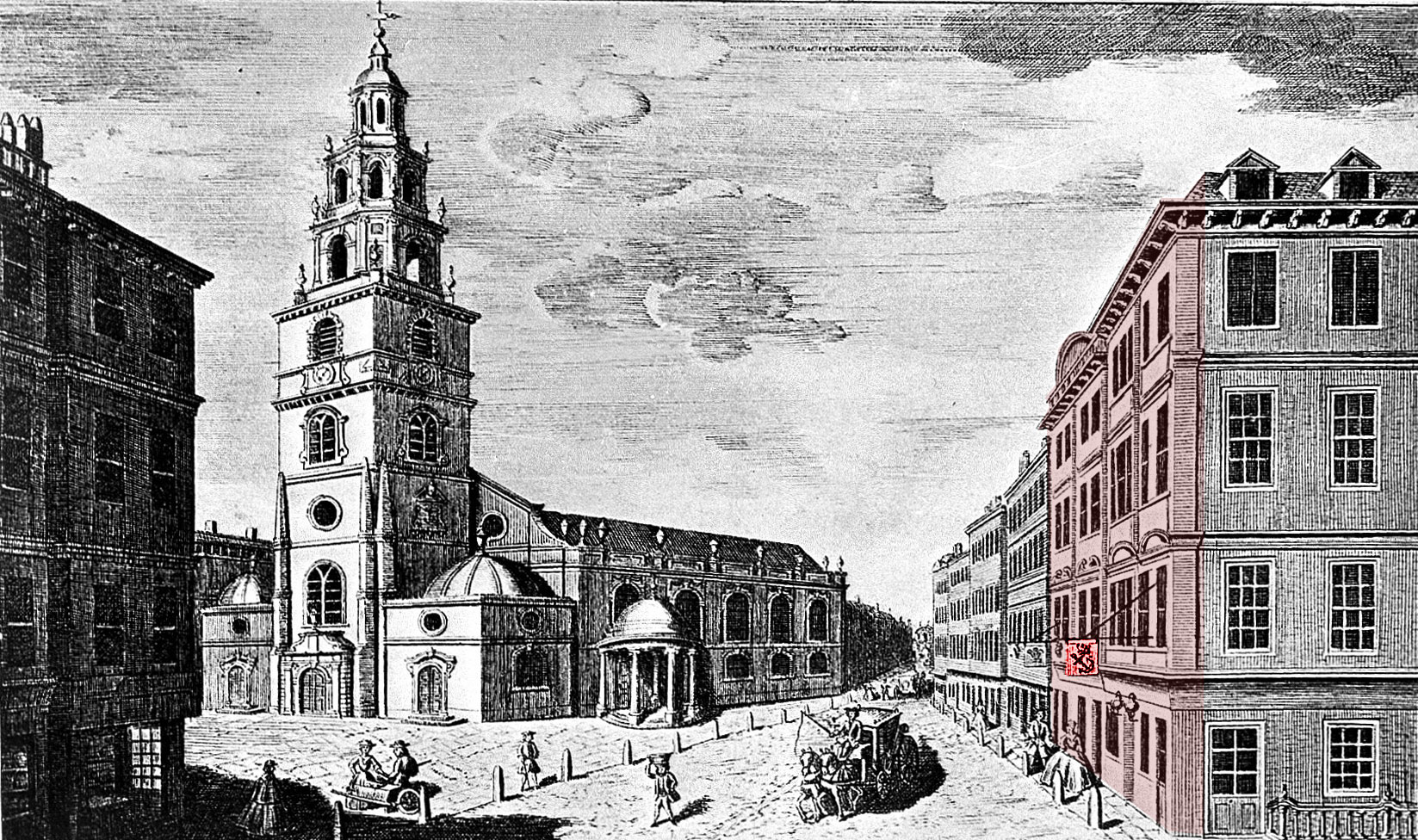
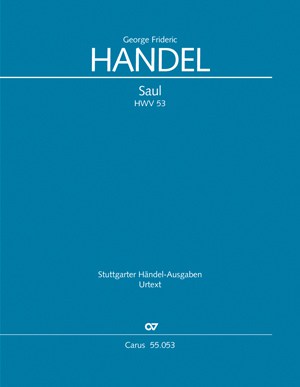
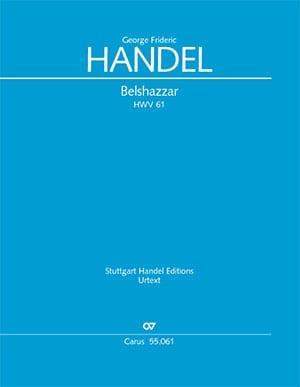
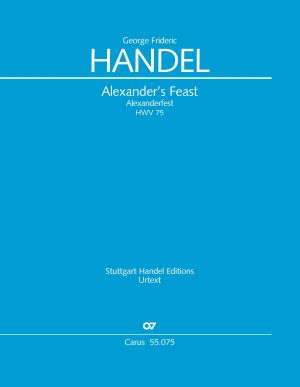
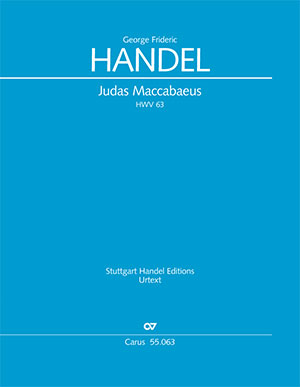
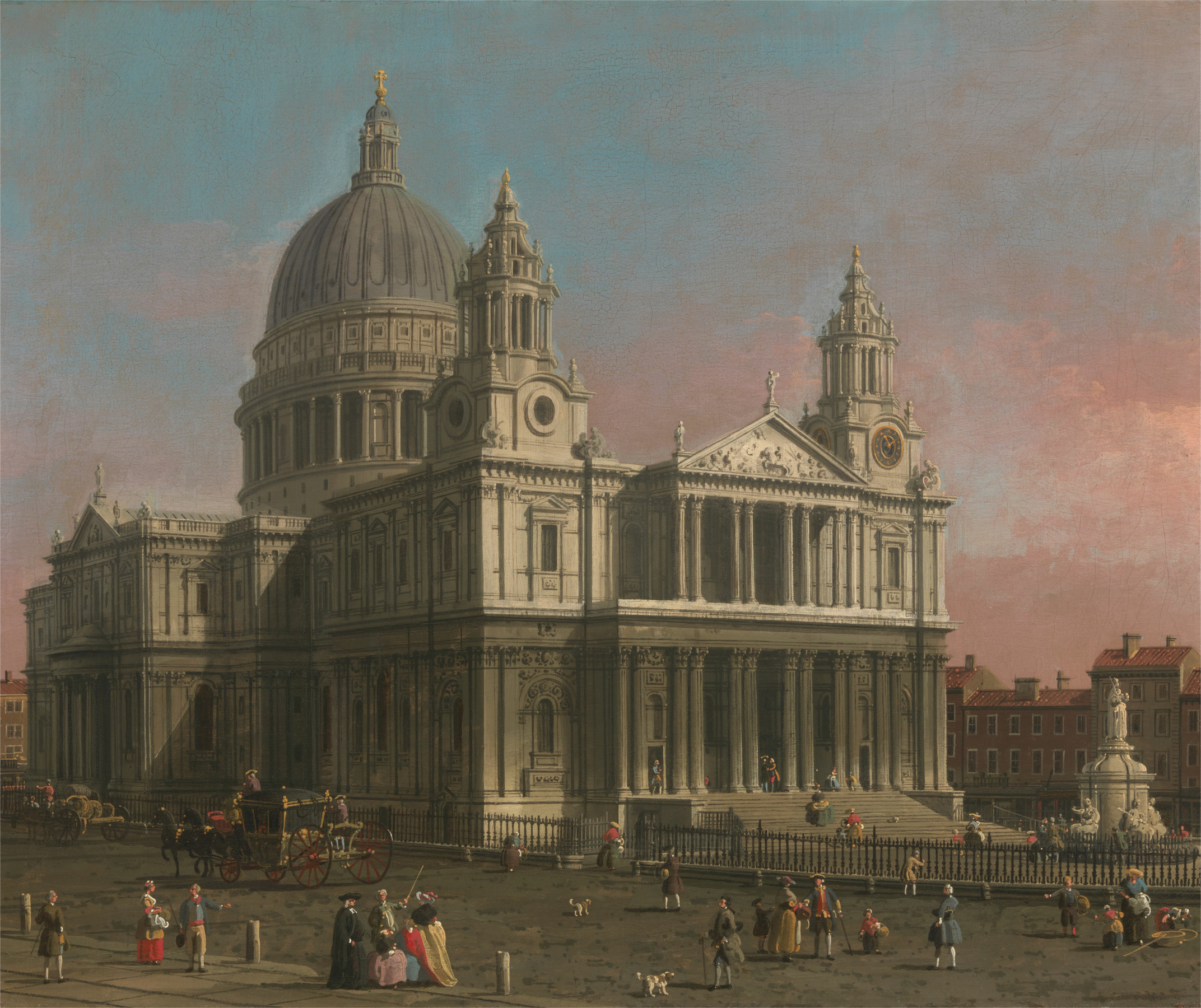

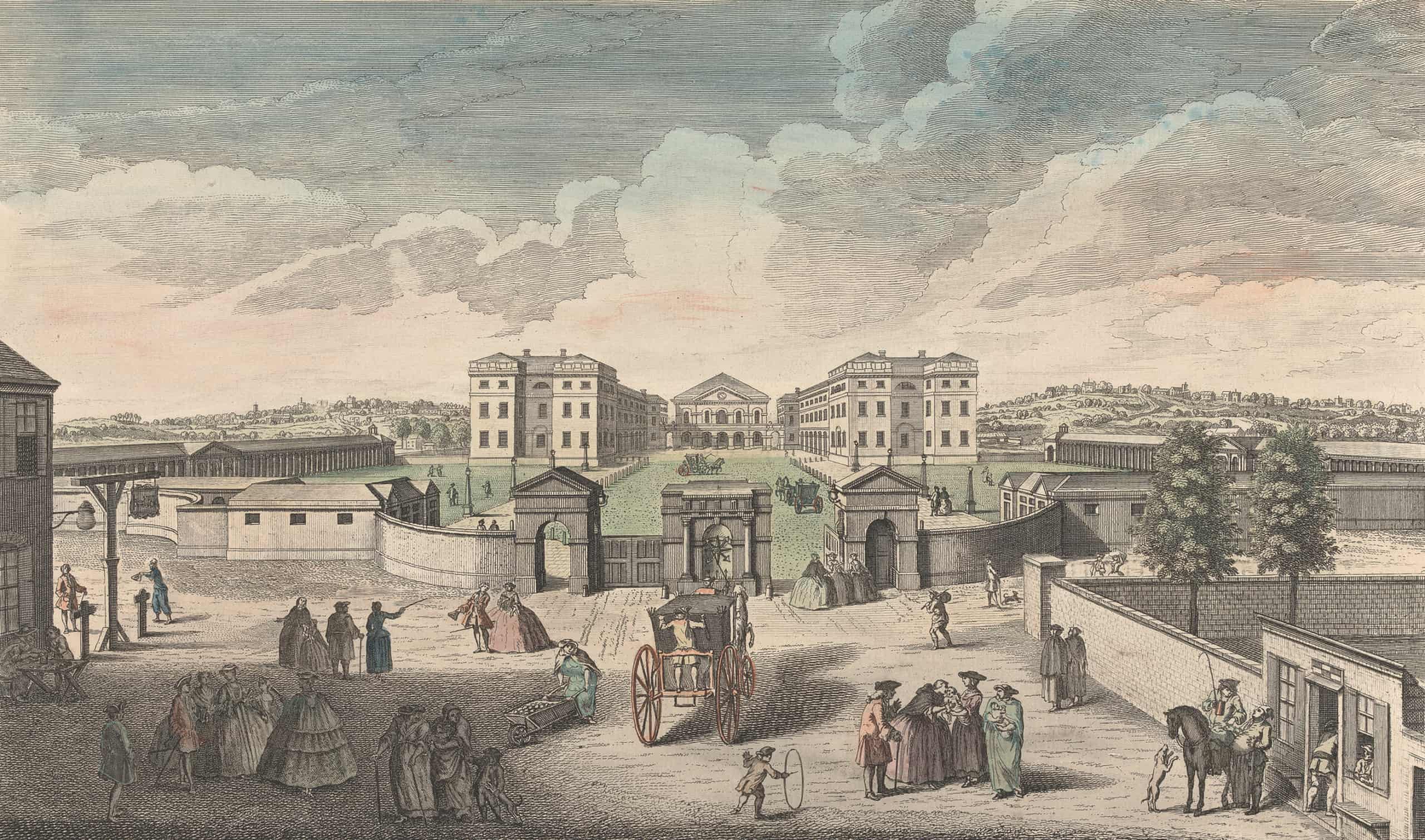

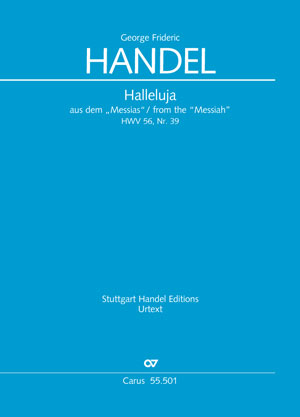
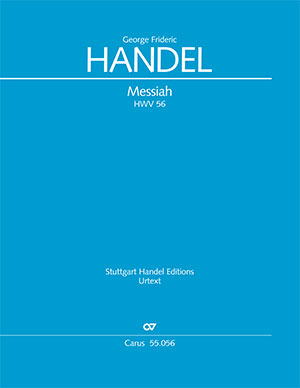
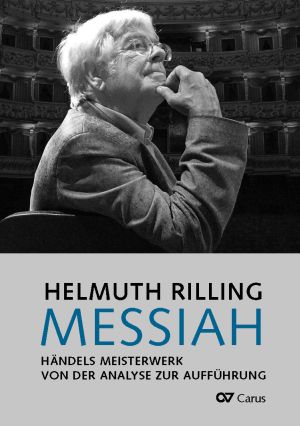
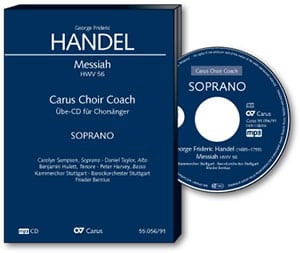
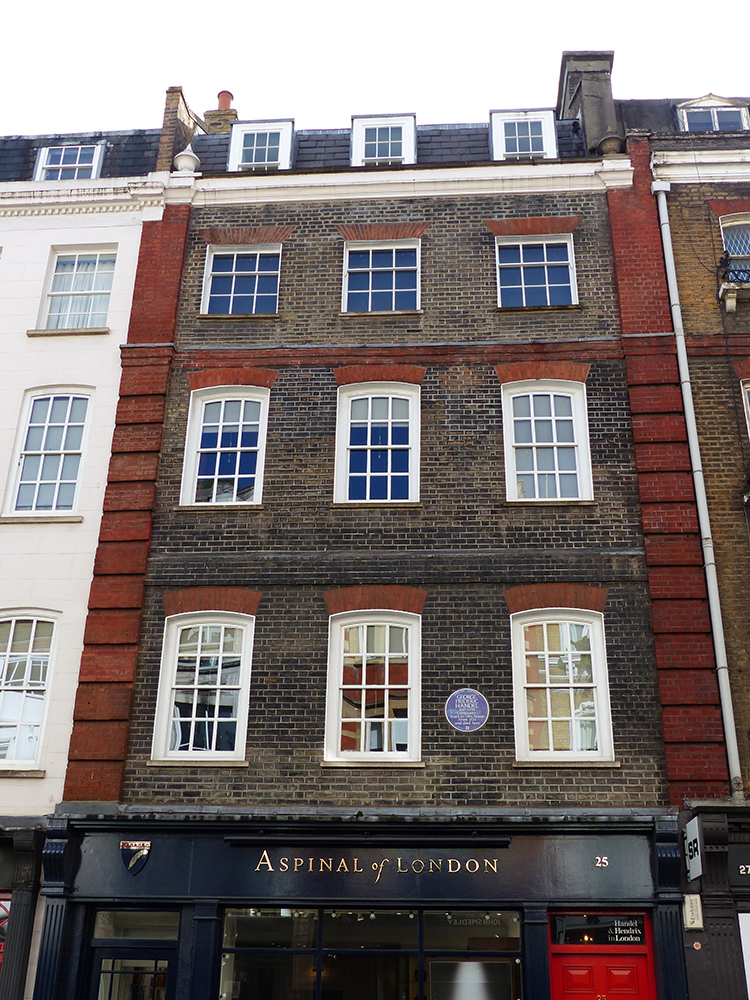
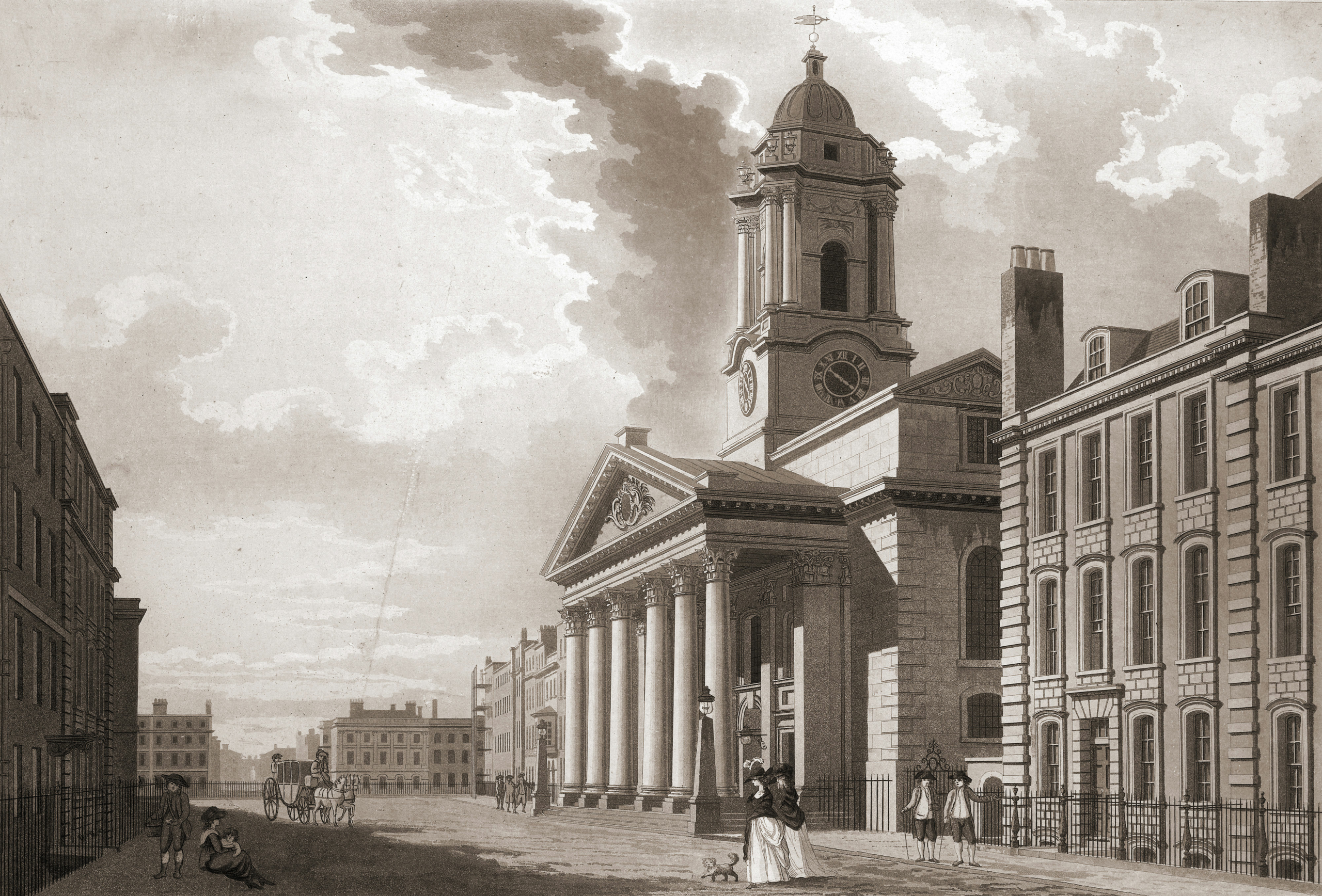
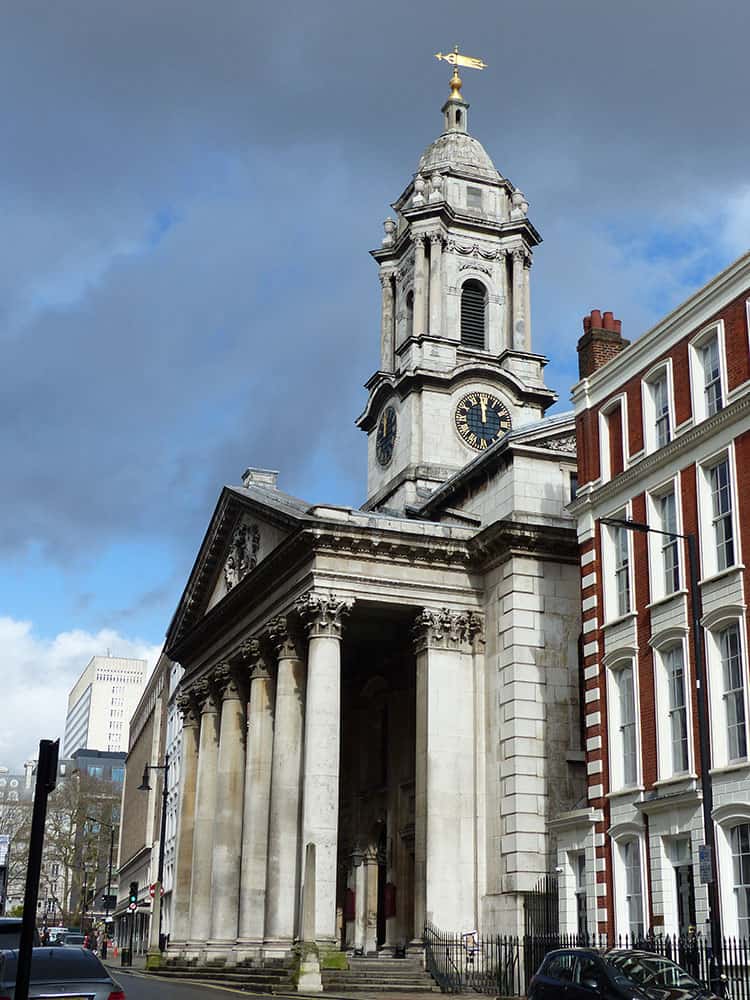
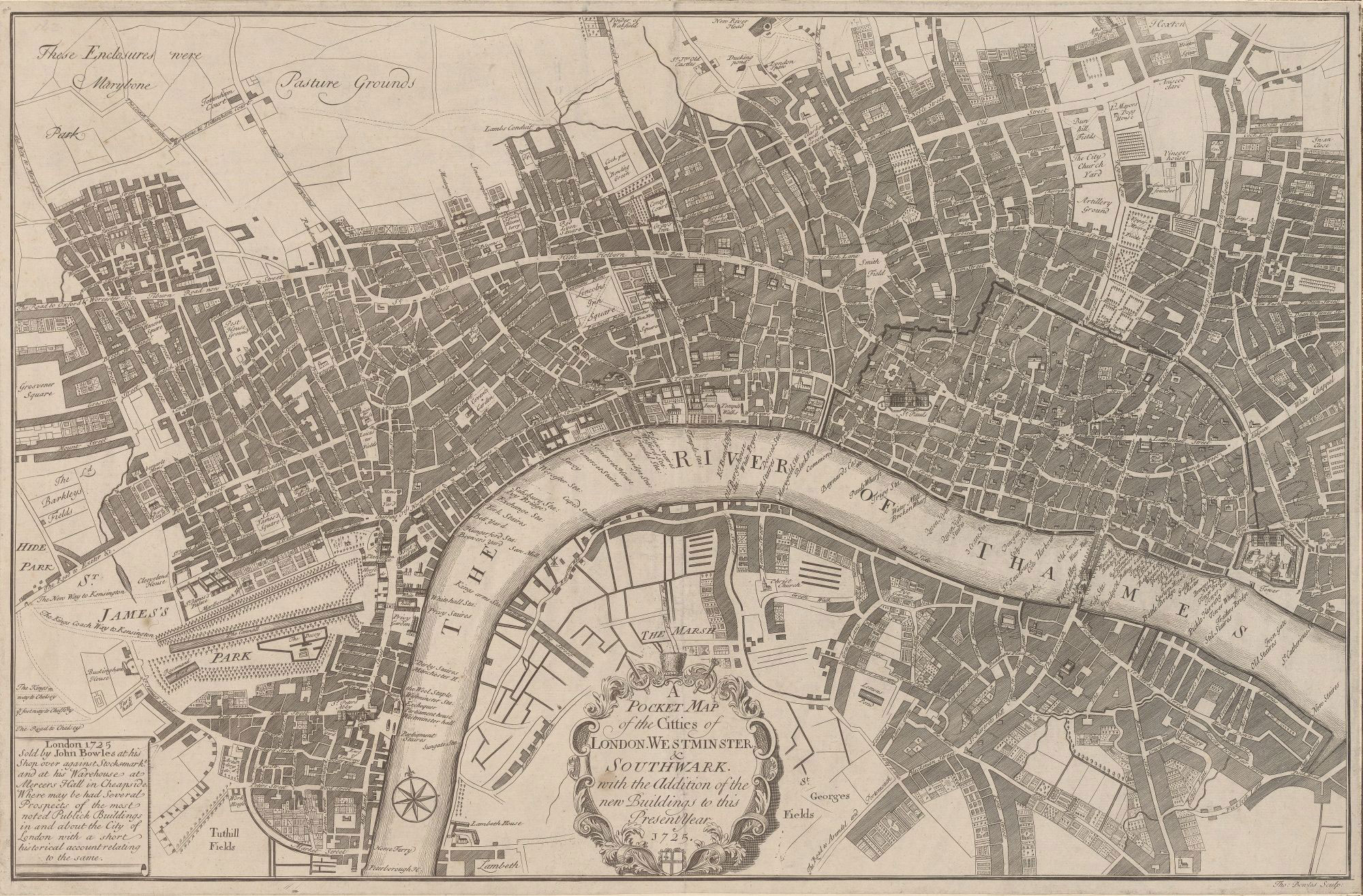











Leave a Reply
Want to join the discussion?Feel free to contribute!